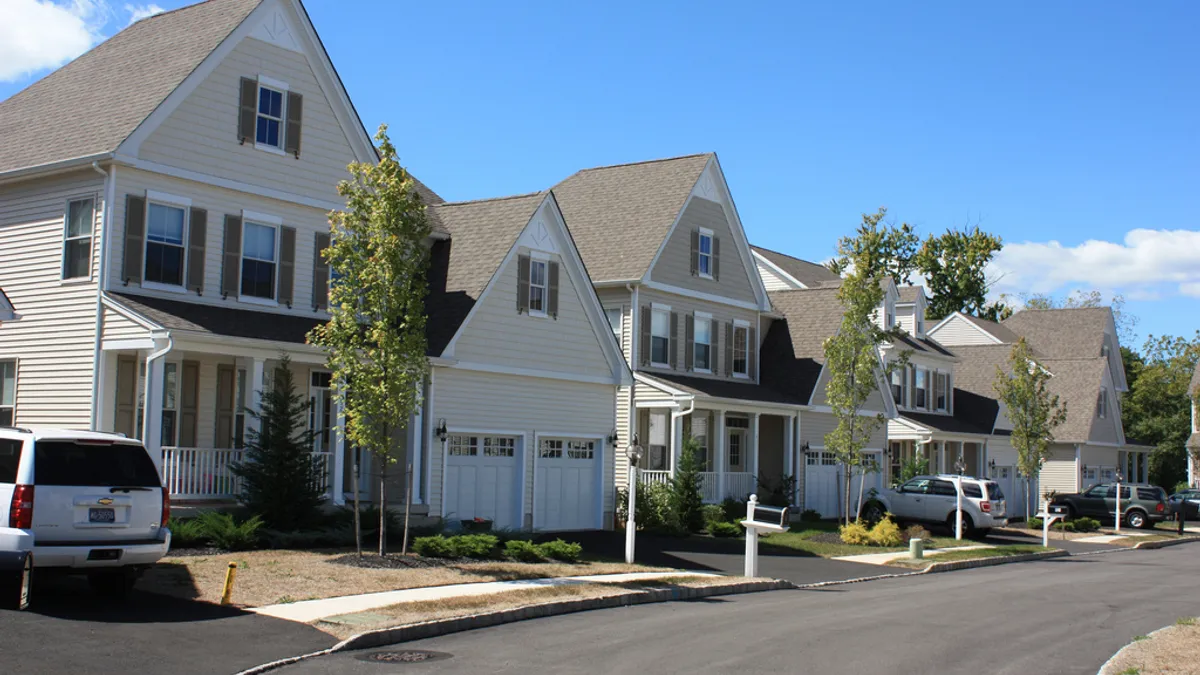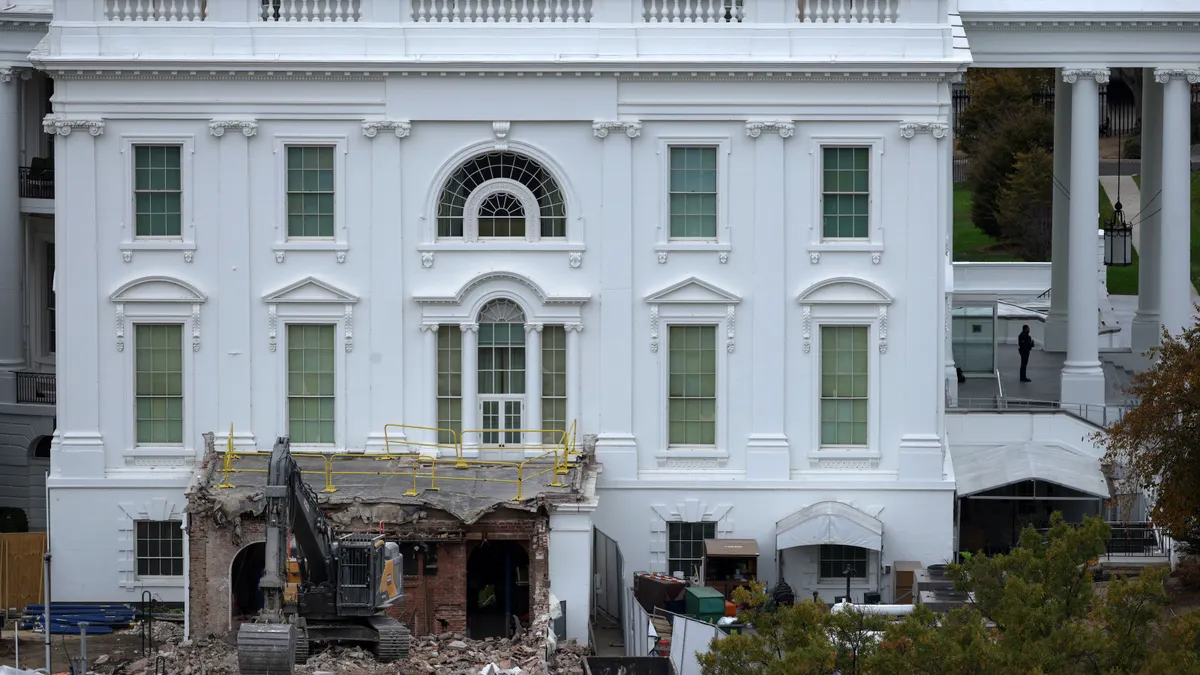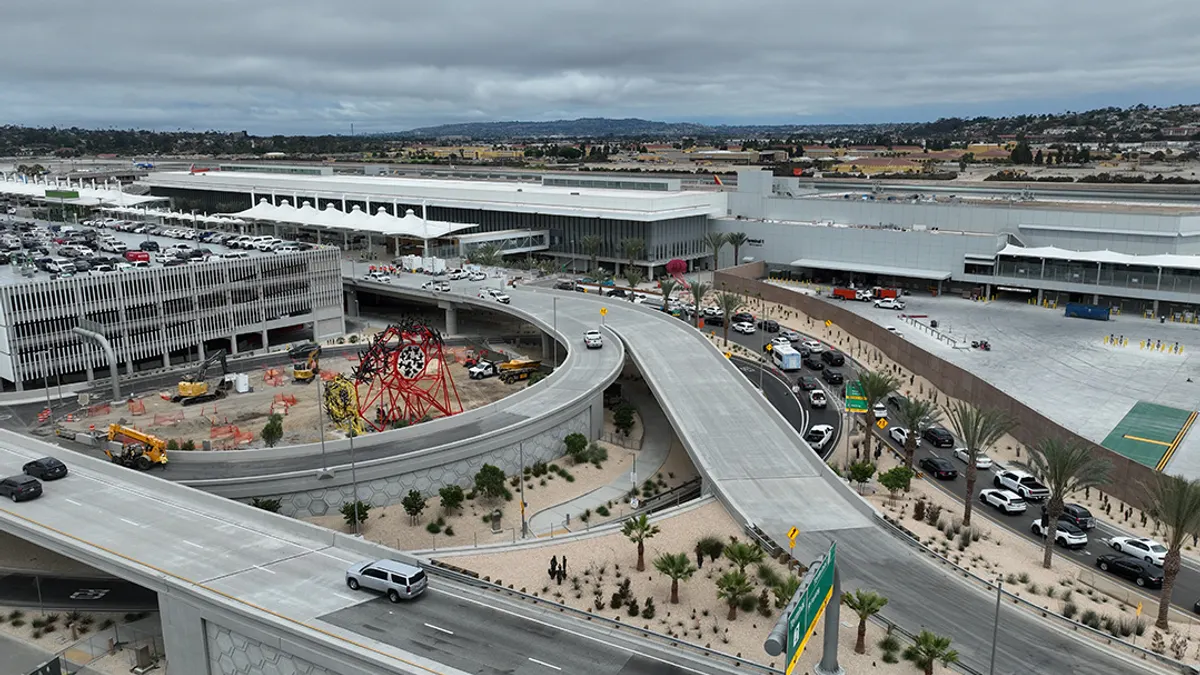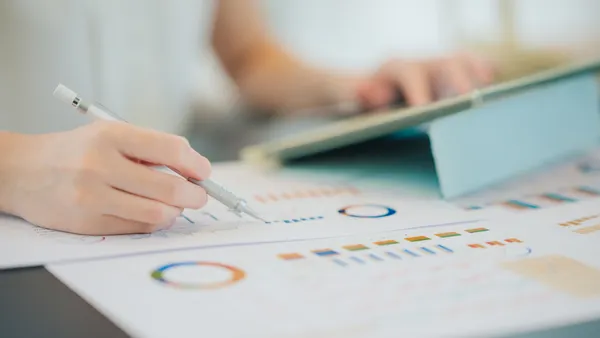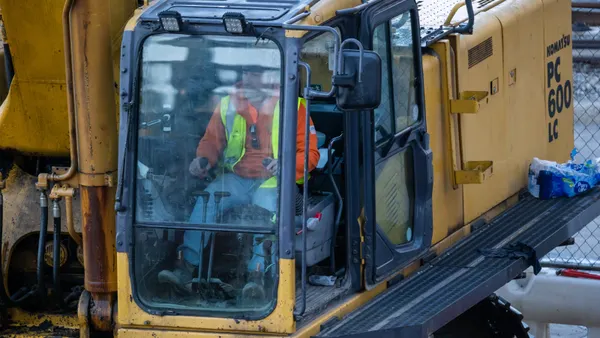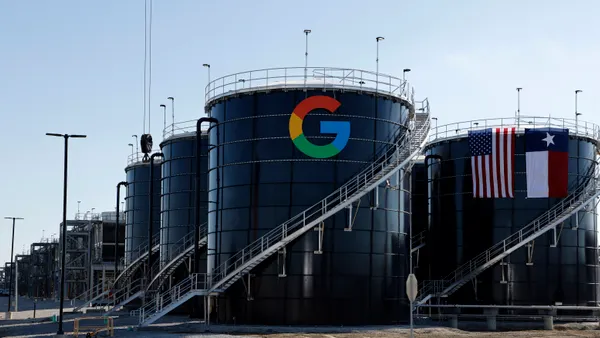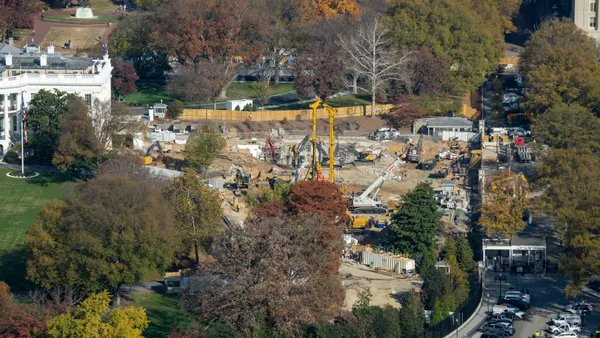Dive Brief:
-
The rate of homeownership is at its lowest level since 1967, the Census Bureau reported on Tuesday.
-
If it drops by less than another percentage point, the rate, which dipped to 63.4% in the second quarter, will hit its lowest point since the government began keeping track of changing homeownership rates in 1965. Then, it stood at 63%.
-
Some industry experts predict the rate will continue to fall and soon reach that record low percentage. “We’re still suffering the effects of the housing collapse and the financial crisis,” one economist told Bloomberg.
Dive Insight:
An improving economy with a strengthening job market and low mortgage interest rates seem like the ideal combination to draw first-time homebuyers into the market. Yet the number of young adults who prefer to rent instead of own is increasing — and contributing to dwindling numbers of U.S. homeowners.
A Harvard study in June explained that adults in their 20s and 30s, who in past generations would have bought their first homes by now, cannot afford to save for down payments and pay mortgages. The reasons: skyrocketing rents, historically high levels of student debt and low wages. Throw in rising home prices, and renting continues to be as a better option than buying for more Americans.
The average U.S. homeownership over 50 years stands at 65.3%, according to Time. It grew during the 1970s and 1980s, but dipped during the late 1980s and early 1990s. Homeownership then surged during the late 1990s and early 2000s, reaching the all-time high pace of 69.2% in 2004 — before it fell again during the economic recession.


